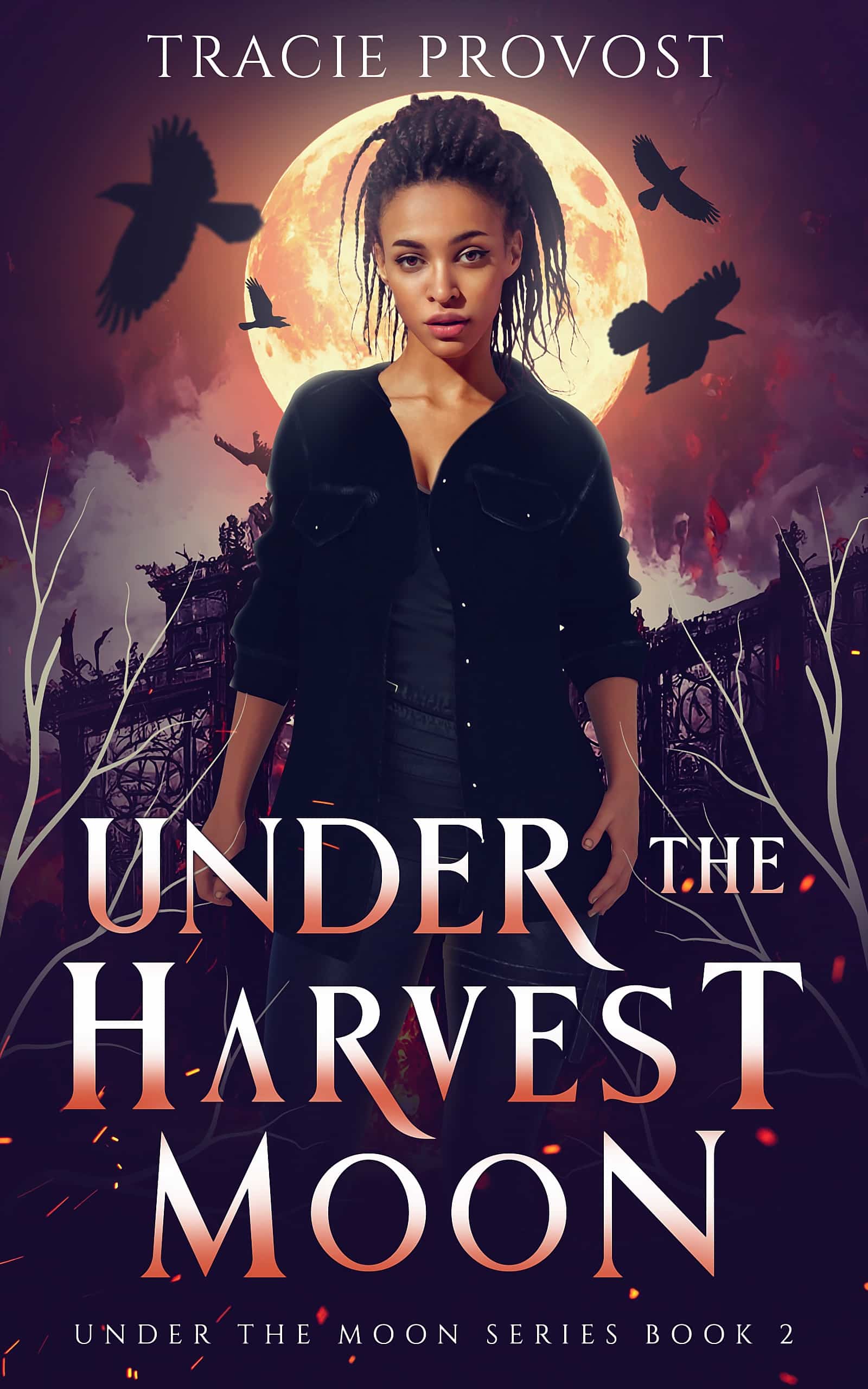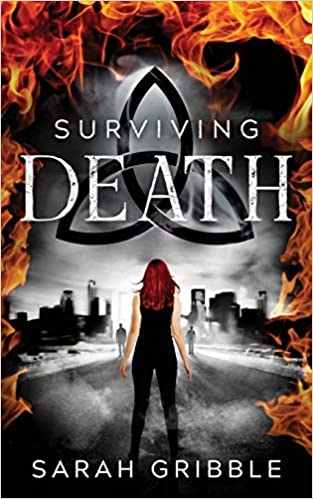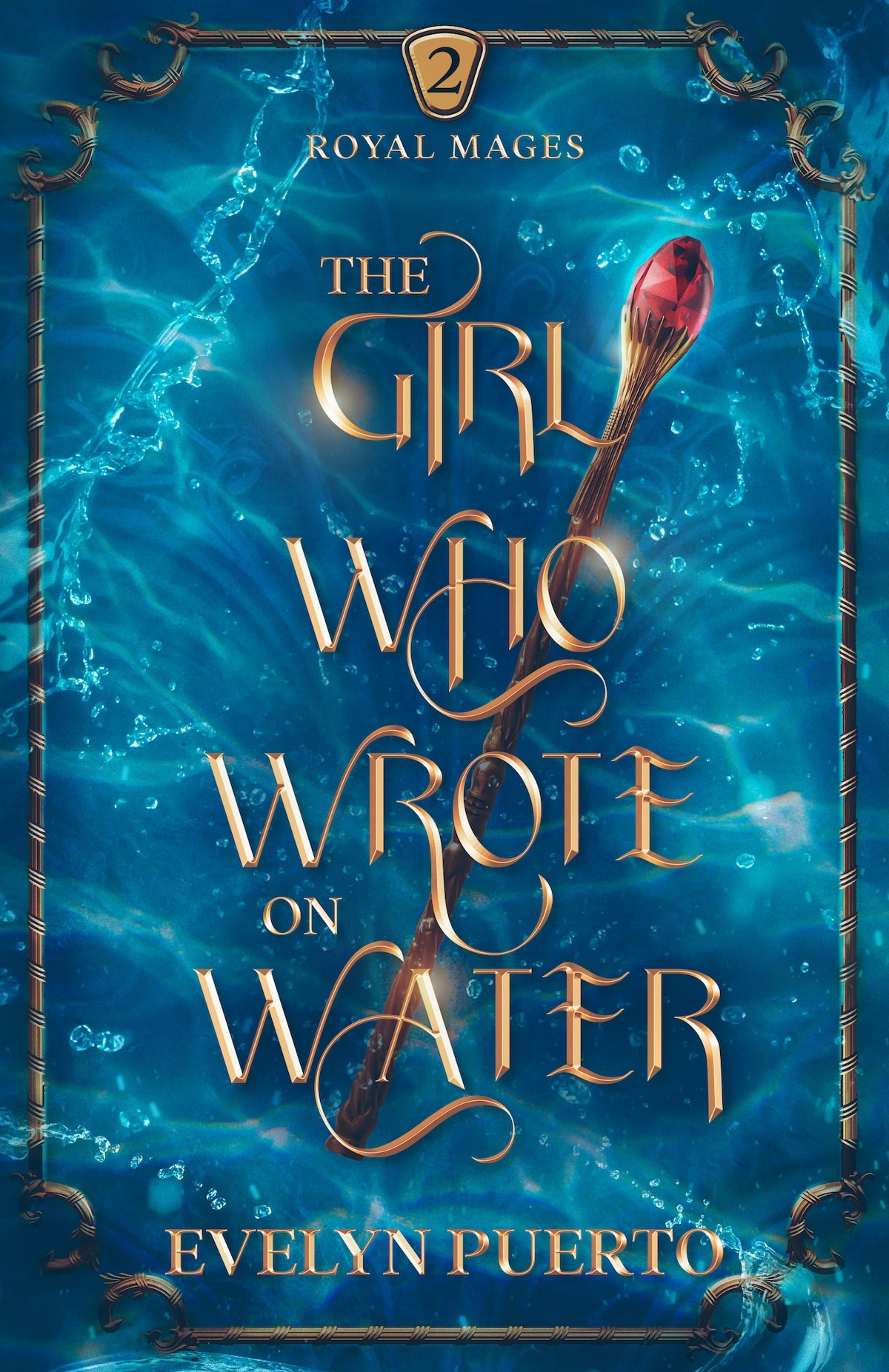
by Liz Bureman |
I have a soft spot for sarcasm. This is probably no surprise to anyone who has been following the Write Practice since the early days, but I often say that the primary love language of my family is sarcasm. It’s nothing too cutting; we understand where the line between sarcastic and downright hurtful is. This is probably why I love the word “snark” as much as I do. Fun fact: snark is a portmanteau of “snide remark”, which is one hundred percent the best definition of snark.

by Liz Bureman |
My friends and I were hanging out over the long weekend, and somehow we got started quoting Love Actually. I love that movie, and it’s probably one of my favorite holiday films, but I was thinking today of why I liked it so much. I finally decided that it’s because it tells so many different love stories and makes you care about every one of the characters involved. It can definitely be a challenge to keep up with all the intertwined relationships, but you get the gist of them pretty quickly.

by Liz Bureman |
I’m just going to say it. Stephenie Meyer is not a good writer. Cue the defensive comments below.
I’m not talking about her storytelling. Like I said, I haven’t read the books. I don’t know how Stephenie (good lord, all those e’s) puts together her paragraphs to form a cohesive narrative. I’ve only read excerpts. But you know what? You don’t need to know the storyline to critique poor sentence structure.
Here are my three arguments against Twilight.

by Liz Bureman |
Ahhh, the love triangle. Stephenie Meyer’s favorite plot device. When you’re writing a love triangle from a first person or third person limited perspective, it’s hard to write a lot of multi-directional triangles. However, writing from a third-person omniscient perspective gives you the freedom to explore the other two prongs of the love triangle.






